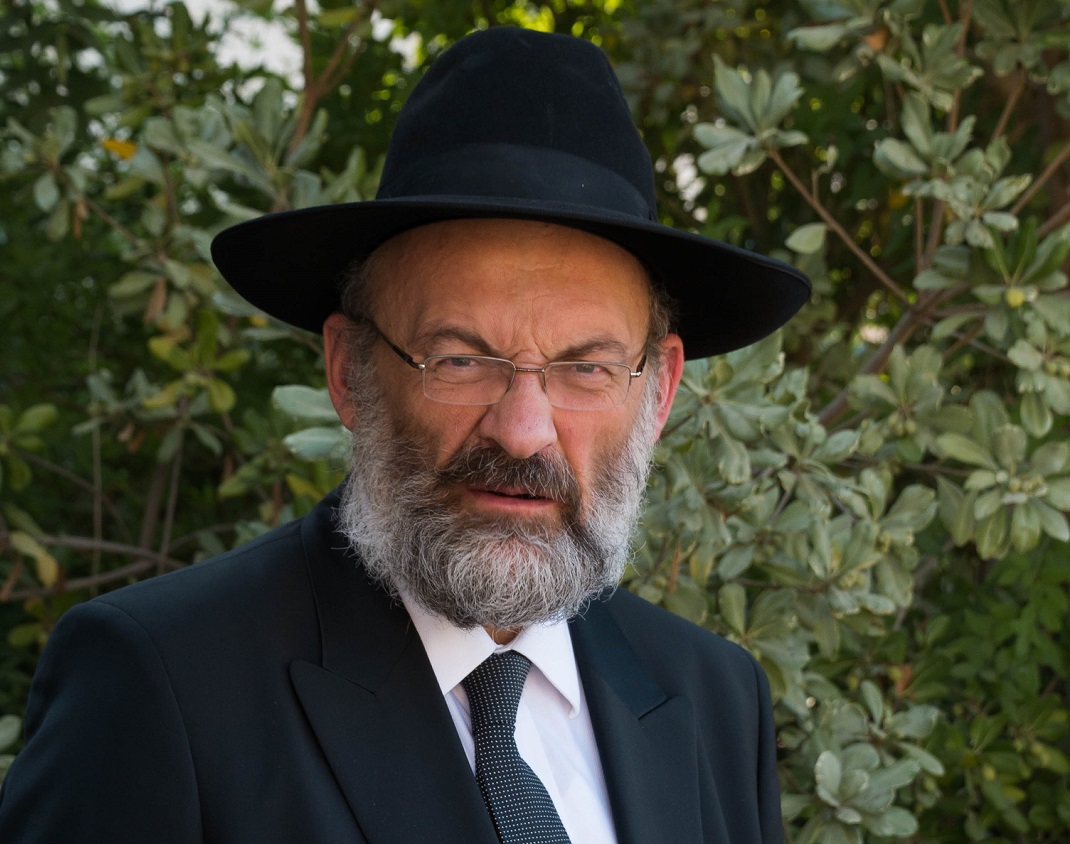The Message of Yetzias Mitzrayim

How can we breathe new life into a story we’ve heard so many times?
The mitzvah of telling the story of Yetzias Mitzrayim is very simple but also one of the most difficult to fulfill properly. How many times can we tell the same story without losing interest? We think, well, it’s mainly for the kids. But the Haggadah says that even if we were all great talmidei chachamim, we would still need to tell the story. The reason is that Yetzias Mitzrayim is the foundation of our emunah.
Rav Yechezkel Levenstein ztz”l was known to be “obsessed” with Yetzias Mitzrayim. For him, the story of leaving Mitzrayim was a wellspring of emunah. And it can be for us as well — if we bring it to life. But still the question remains: How can we breathe new life into a story we’ve heard so many times?
The solution isn’t to import additional information. Studying the many commentaries on the Haggadah can definitely enrich our understanding. But the text of the Haggadah itself is the story. The author of the Haggadah did us the favor of sifting through the endless details and laying out the story that should nourish our emunah for the whole year. His guide was the words of the Mishnah, which reveal the story’s central theme: “Begin with disgrace and conclude with glory.”
Chazal don’t mandate a specific wording for the story, only that we tell ourselves and our children how Hashem lifted the Jewish nation from disgrace to glory. That’s the primary message of the story, the one that can give us emunah throughout the year. And it’s that message that can make the story come to life and move us.
We all know the facts. They don’t excite us anymore. For us, the facts are not the life of the story. It’s the message of the story, the new “chiddush” we learn from the events. The chiddush that Hashem brought the Jewish People from the lowest spiritual nadir to the greatest heights. From disgrace to glory.
If we listen carefully to the words of the Haggadah, that message should ring in our ears. “In the beginning our ancestors were idolaters, and now Hashem has brought us close to His service.” We relate how Avraham grew up in a home of avodah zarah, and was surrounded by a world of tumah. We hear how Hashem took him by the hand and brought him out of that spiritual darkness. We learn how Hashem transformed a family of 70 into a great nation, and how Hashem intervened on the world stage to extract that nation from the impurity of Mitzrayim. How Hashem took a people that had been infected by the spiritual maladies of Mitzrayim and, in a matter of weeks, purified them till they were worthy of receiving the Torah and hearing Hashem speak to them directly.
In a nutshell, we learn how Hashem has a plan for us, and makes sure His plan will unfold, no matter how bleak the prospects seem. Even the least promising situation has a function in His plan, and He will ultimately bring everything toward its grand purpose. It might take a few days, or it might take hundreds of years, like in the story of Yetzias Mitzrayim, but eventually, everything plays a productive role in bringing Hashem’s plans to fruition.
That message moves us, because it resonates with us. It’s not just a principle of faith we believe in. We’ve seen with our own eyes how great purpose can emerge from the most unlikely places. We all look back at the idiotic things we did as young children and marvel at how we became civilized adults. We know people who became real bnei aliyah despite, or because of, their less-than-notable backgrounds. We’ve also experienced predicaments we were sure nothing positive could come out of, that surprisingly brought about some unforeseen blessing. We’ve seen glory emerge from disgrace.
Because we can relate to that message, it has the power to move us. I know a lot of people who make dramatic reenactments of the Ten Plagues the main focus of the Seder. I’m all for acting out the plagues — it’s a great way to make the nissim more real to us. But that can’t be the well we draw our emunah from, because those nissim are so foreign to our lives. We believe in them 100 percent. But we don’t feel their relevance to our lives.
That’s why the Haggadah doesn’t delve much into the details of the plagues. Instead, it focuses on the theme of disgrace to glory, because that message is closer to our experience. It’s a message we should believe in — but also one we should live by. It’s the source that can nourish our emunah throughout the year and our whole lives.
The message of disgrace to glory speaks to us. It teaches us that every situation has a purpose, and that sometimes, the road that seems to go nowhere is the very one that leads to glory. The magnificent birth of Klal Yisrael wasn’t in spite of the slavery in Mitzrayim, but because of it. Mitzrayim was the “iron crucible” (Devarim 4:20) where Klal Yisrael could become a nation.
Today more than ever, we need that message. Many of our problems in emunah today stem from our belief that purpose in life is only found in certain ideal circumstances. Many men dream of full-time learning, or a respectable Torah career. Some women believe they need to be a do-it-all kollel wife, single-handedly supporting a talmid chacham husband. Others feel that if their kids aren’t well-behaved, adorable children whom everyone praises, they’re a failure. In our minds, those ideals are the only path to a meaningful life. If it doesn’t work out, we feel that our whole life has been blown off-track.
One young man told me that financial pressures had forced him to join a community kollel in an out-of-town kehillah, after years of learning in Eretz Yisrael. He asked me why Hashem was doing this to him; what had he done to deserve this punishment? He couldn’t see any possibility that moving there was part of Hashem’s plan, that he might develop there in ways he couldn’t imagine.
When yungeleit experience difficulties that make it nearly impossible to learn with concentration, they often think it’s just a terrible nisayon that they hope to escape. When mothers of young children try to daven, only to have their Shemoneh Esreh shattered by shrieks, wails, and cries for help, they feel they can’t connect to Hashem. We don’t see that every situation is an opportunity to grow, sometimes in ways and areas that don’t develop when everything is going smoothly.
The story of Yetzias Mitzrayim can give us the emunah we desperately need that Hashem has a reason for every situation He puts us in. No one was in more dismal circumstances than our forefathers in Mitzrayim. But Hashem intervened to bring the most glorious purpose out of the disgrace.
When we notice the message of the story, it’s easy to bring the story to life. We don’t need extensive knowledge of the Midrashim or Haggadah commentaries. All we need to do is listen carefully to the message that emerges from the story we’re telling. It’s advisable to read through the Haggadah before the Seder and see how this message unfolds. During the Seder itself, we’re likely to be distracted, and we’ll end up reciting the Haggadah like a script, the way we do every year.
With a little preparation, we’ll be ready to let the story of Yetzias Mitzrayim move us, and give us a wealth of emunah that will last the whole year.
Originally featured in Mishpacha, Issue 853.
Oops! We could not locate your form.













